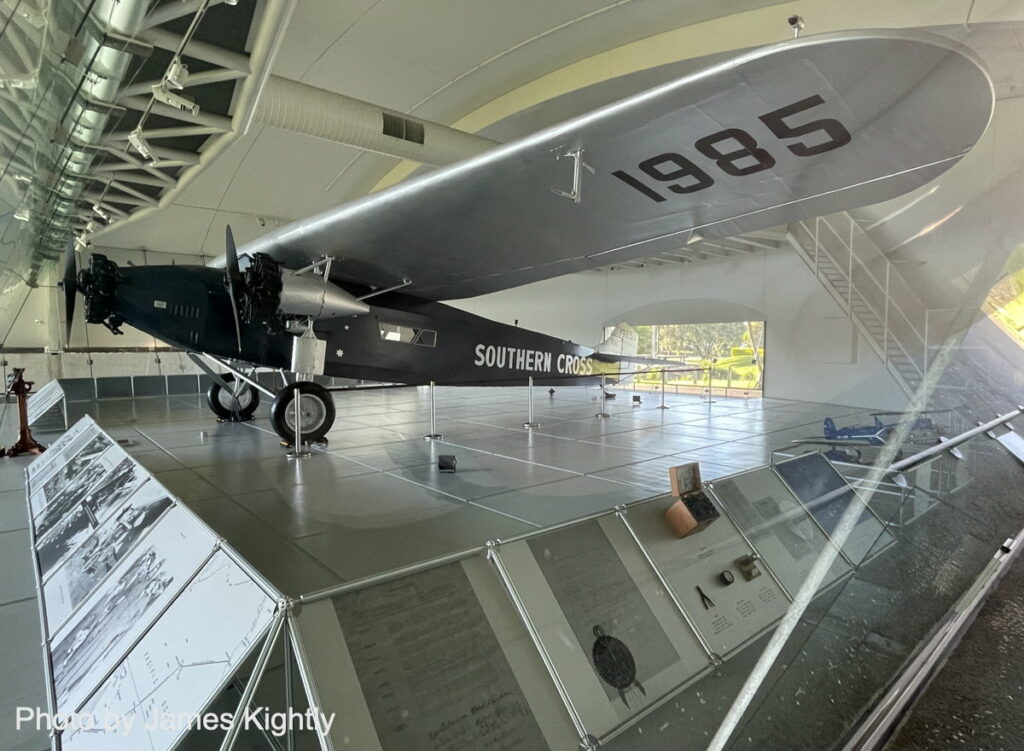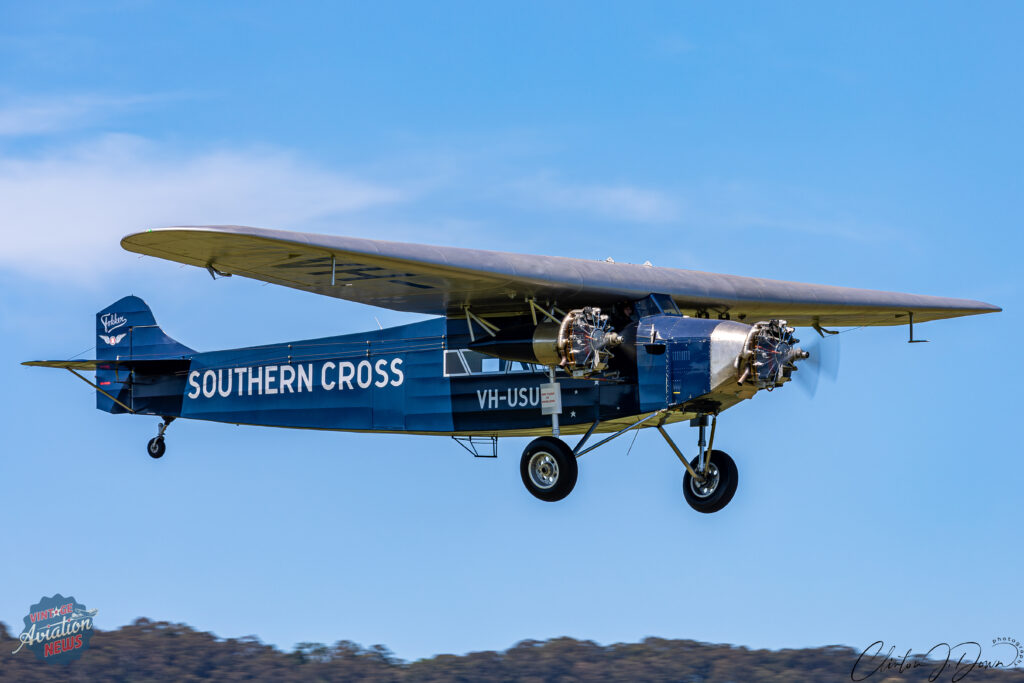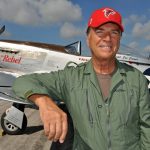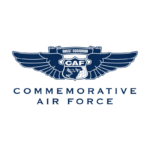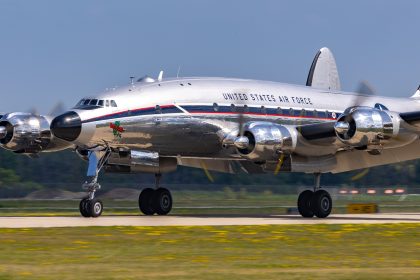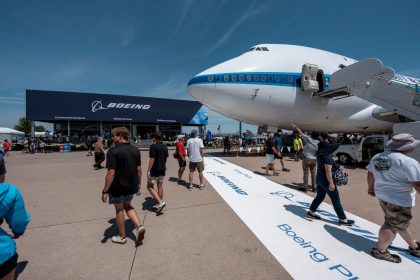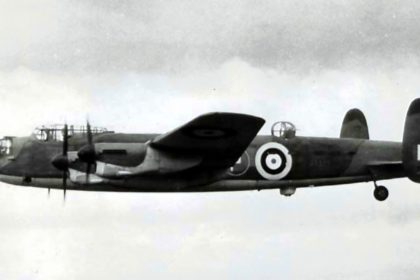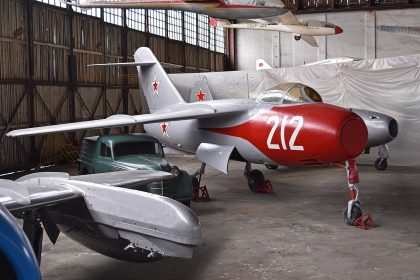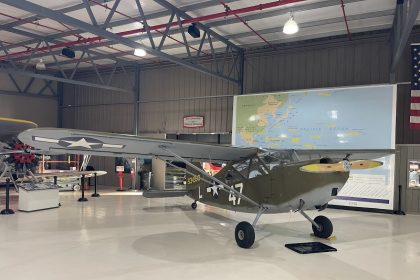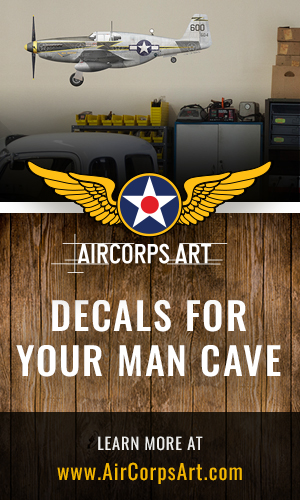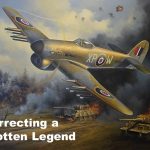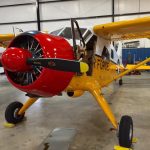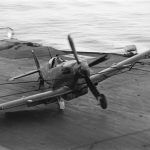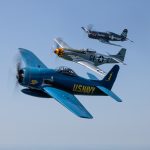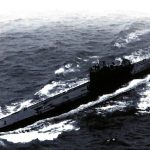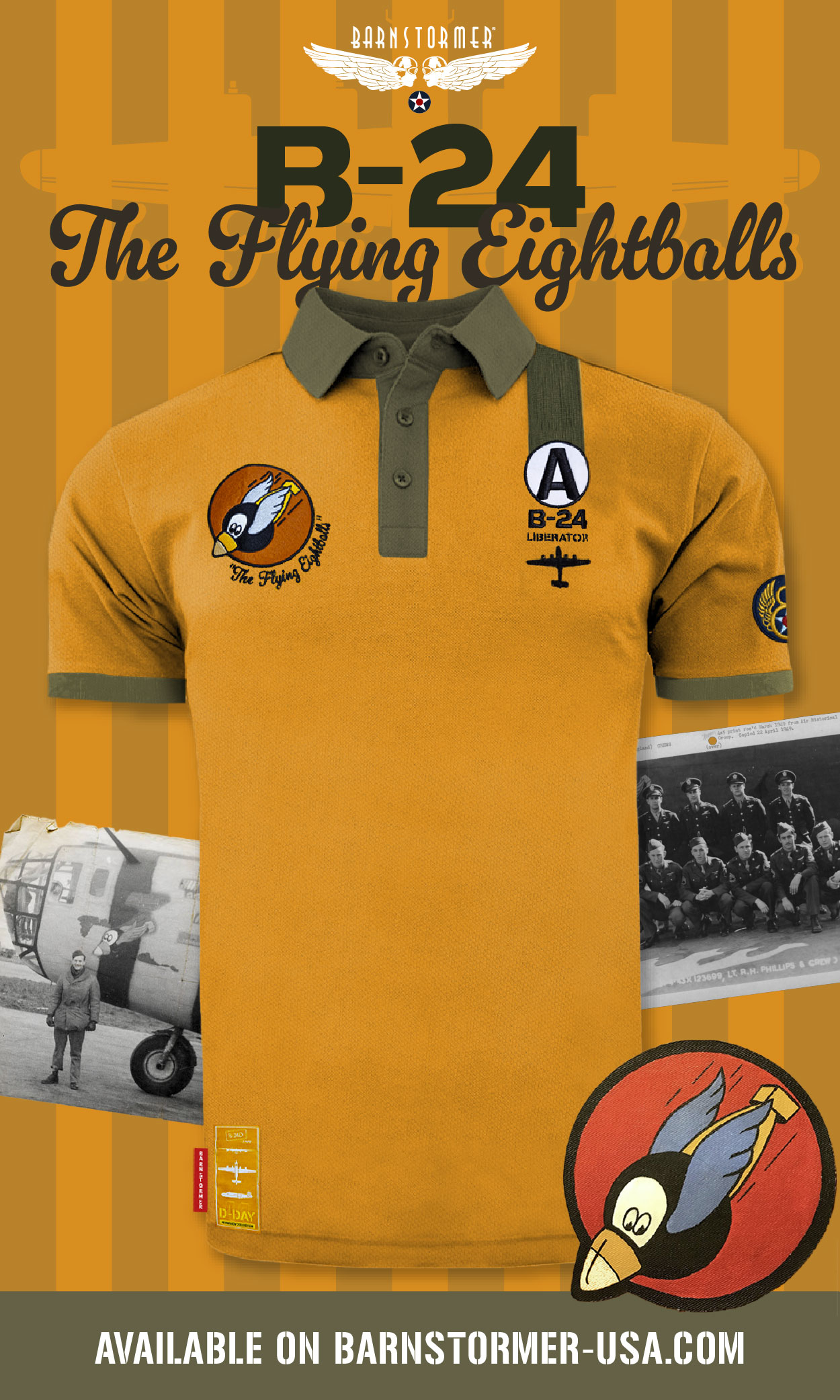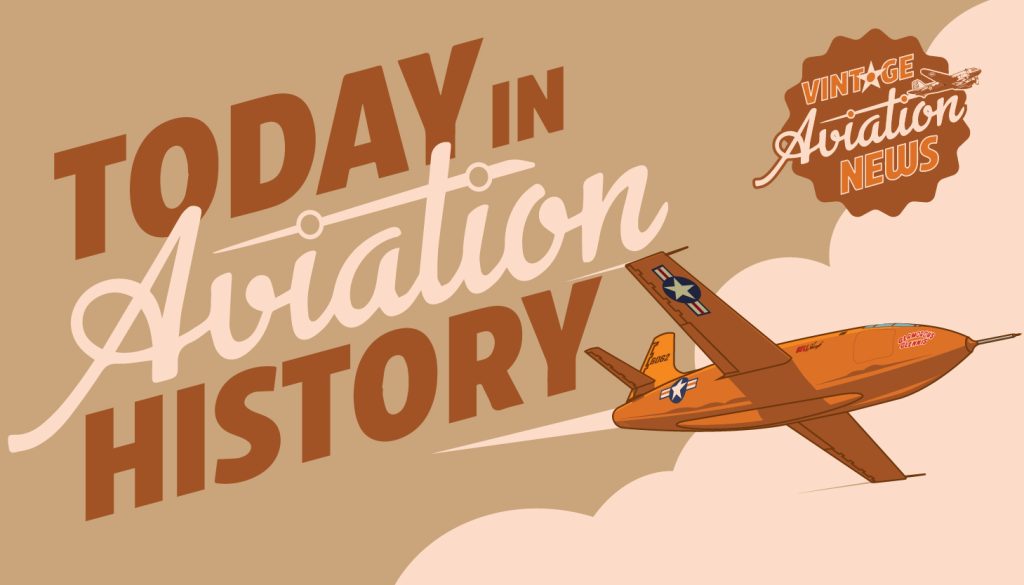
Ninety-seven years ago today, on May 31, 1928, aviation history was made with the first successful trans-Pacific flight by aircraft. At the controls was former Royal Air Force pilot Captain Charles Edward Kingsford Smith, M.C., accompanied by three crewmates. Together, they undertook the daring journey in a Fokker F.VIIb/3m monoplane named Southern Cross, bearing the registration NC1985.

The Fokker F.VII, originally designed as an airliner, had first flown in 1924. It featured a high-wing monoplane configuration and was powered by three Wright J-6 Whirlwind 9-cylinder radial engines, each producing 300 horsepower—one engine mounted on the nose and one under each wing. The aircraft had a crew capacity of two and could carry up to eight passengers. It cruised at 111 miles per hour, with a range of approximately 750 miles and a service ceiling of 14,400 feet.
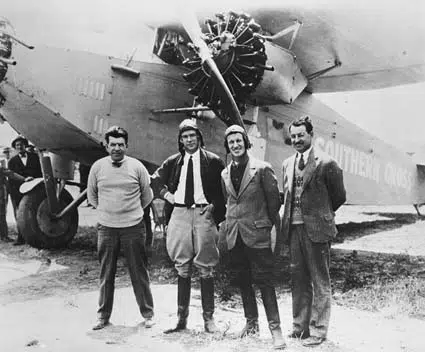
The historic flight began at 8:48 a.m. from Oakland Field, near San Francisco Bay. The crew’s destination was Brisbane, Australia, with several stops along the way. The first leg took them 2,408 miles to Wheeler Field in Honolulu, Hawaii. From there, they embarked on the most challenging portion of the journey: a 3,144-mile flight to Suva, Fiji. This leg took 34 hours and 33 minutes, and upon landing, Southern Cross became the first aircraft ever to land in Fiji.

The final leg of the flight covered 1,795 miles, concluding at Eagle Farm Airport in Brisbane on June 9, 1928, after 21 hours and 35 minutes in the air. A crowd of 25,000 gathered to witness the arrival of the pioneering crew.
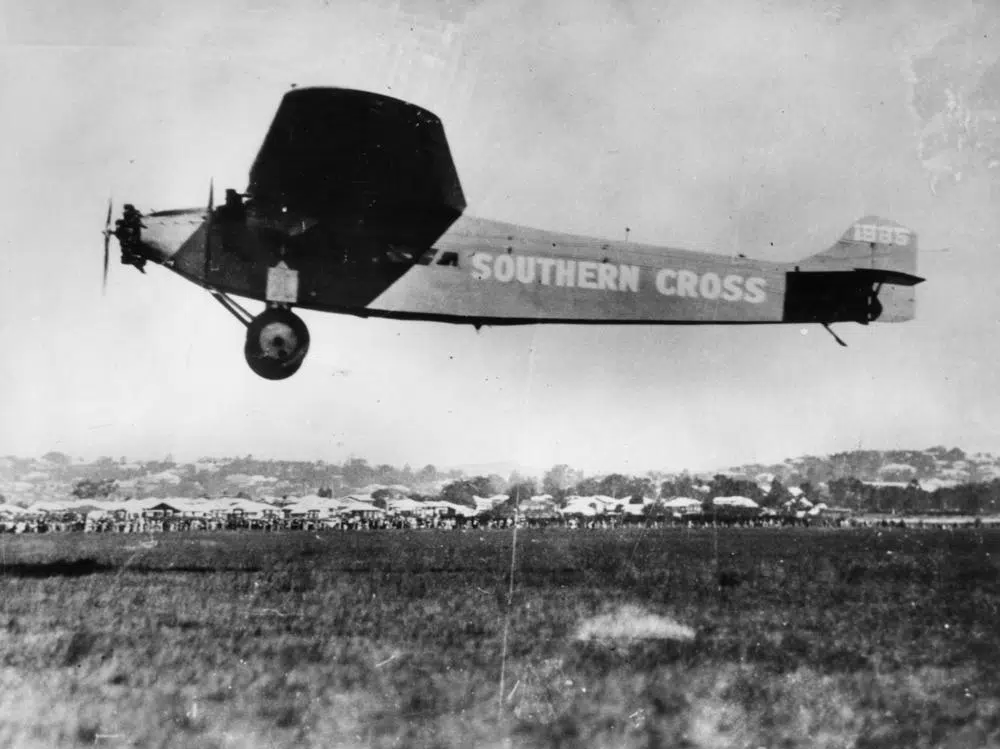
Following the historic flight, Southern Cross was used for special occasions before being donated by Kingsford Smith to the Australian government. Today, this legendary aircraft is preserved and on public display at the Kingsford Smith Memorial, located at Brisbane Airport—a lasting tribute to one of aviation’s greatest milestones.
